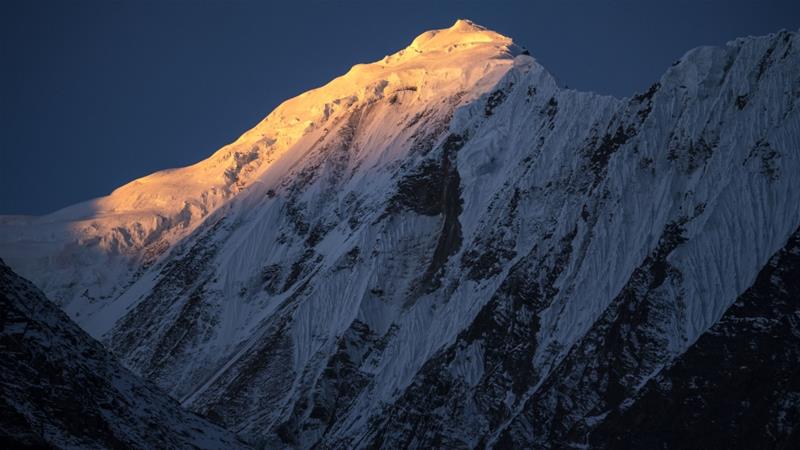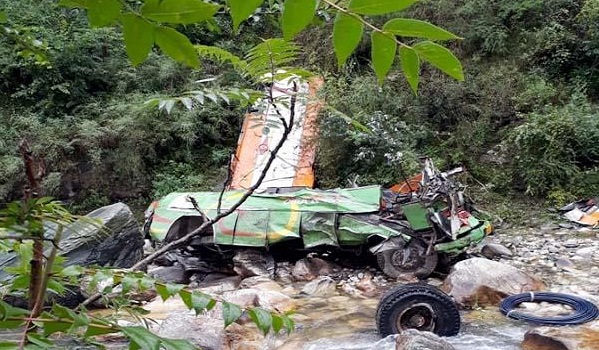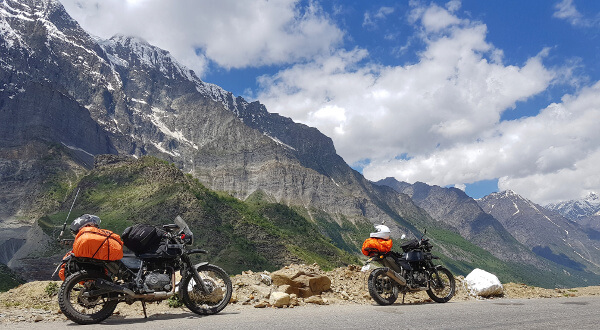Himalayan Glaciers Melting Doubled Since 2000, Show Spy Satellites
Melting of Himalayan icy masses has multiplied since the beginning of the 21st century because of rising temperatures, losing over a vertical foot and half of ice every year and conceivably undermining water supply for a huge number of individuals in nations including India, an examination has found.
The examination, spreading over 40 years of satellite perceptions crosswise over India, China, Nepal and Bhutan, is the most recent and maybe most persuading sign that environmental change is eating the Himalayas’ icy masses, specialists said.
It demonstrates that ice sheets have been losing what might be compared to in excess of a vertical foot and half of ice every year since 2000 – twofold the measure of dissolving that occurred from 1975 to 2000.
“This is the most clear picture yet of how quick Himalayan ice sheets are liquefying over this time interim, and why,” said Joshua Maurer, a PhD hopeful at Columbia University in the US.
While not explicitly determined in the investigation, the ice sheets may have lost as much as a fourth of their huge mass throughout the most recent four decades, said Maurer, lead creator of the examination distributed in the diary Science Advances.
Presently harboring about 600 billion tons of ice, the Himalayas are now and then called the world’s “Third Pole.”
The investigation incorporates information from over the locale, extending from early satellite perceptions to the present. The combination shows that the softening is predictable in reality, and that rising temperatures are to be faulted.
Temperatures fluctuate from spot to put, however from 2000 to 2016 they have found the middle value of one degree Celsius higher than those from 1975 to 2000.
Analysts investigated rehash satellite pictures of somewhere in the range of 650 icy masses spreading over 2,000 kilometers from west to east. A large number of the twentieth century perceptions originated from as of late declassified photographic pictures taken by US spy satellites.
They made a mechanized framework to transform these into 3D models that could demonstrate the changing heights of ice sheets after some time. They at that point contrasted these pictures and post-2000 optical information from increasingly complex satellites, which all the more straightforwardly pass on height changes.
They found that from 1975 to 2000, ice sheets over the district lost a normal of about 0.25 meters of ice every year despite slight warming. Following an increasingly articulated warming pattern beginning during the 1990s, beginning in 2000 the misfortune quickened to about a large portion of a meter yearly.
Late yearly misfortunes have arrived at the midpoint of around 8 billion tons of water, or the equal 3.2 million Olympic-measure pools, said Maurer. Asian countries are consuming ever-more prominent heaps of petroleum products and biomass, sending residue into the sky, specialists said. A lot of it in the end arrives on frigid icy mass surfaces, where it ingests sun oriented vitality and rushes softening.
Scientists incorporated temperature information during the investigation time frame from ground stations and afterward determined the measure of liquefying that watched temperature increments would be relied upon to deliver.
They at that point contrasted those figures and what really occurred. They coordinated.
“It looks simply like what we would expect if warming were the predominant driver of ice misfortune,” Maurer said.
The Himalayas are commonly not liquefying as quick as the Alps, however the general movement is comparative, state the specialists.
The examination does exclude the gigantic bordering scopes of high-mountain Asia, for example, the Pamir, Hindu Kush or Tian Shan, however different investigations propose comparable dissolving is in progress there too. Approximately 800 million individuals depend to a limited extent on occasional overflow from Himalayan ice sheets for water system, hydropower and drinking water.
The quickened dissolving shows up so far to swell spillover during warm seasons, however researchers venture that this will decrease inside decades as the icy masses lose mass. This will in the end lead to water deficiencies. Indeed, even on Mount Everest, missing cadavers of climbers who neglected to return are rising up out of dissolving ice and snow along trails.
The examination demonstrates that “even icy masses in the most elevated piles of the world are reacting to worldwide air temperature increments driven by the burning of non-renewable energy sources,” said Joseph Shea, a frosty geographer at the University of Northern British Columbia in Canadia who was not engaged with the investigation.
“In the long term, this will prompt changes in the planning and extent of streamflow in an intensely populated district,” said Shea.



